
How Long Can I Use a Baby Sling For?
How long can I use a baby wrap for?
Oscha woven wraps and ring slings are safety tested to 45lbs. While the age that your little one reaches this will vary from child to child, this is around 5-6 years old which might be a surprise for you and yet this is one of the incredible benefits of choosing a woven wrap or ring sling. Not limited to specific stages, a wrap can be tied in numerous different ways, allowing the same piece of fabric that you carried your newborn in, to equally carry your growing child, and we adore the memories this brings.


Clan member, Christine, shares pictures of her little one in Kasumi Bella woven wrap aged 2 months, and 2 years.
Stretchy wraps, like the Scottish baby box wrap, don't have as high a weight limit, so you may need to use something else sooner - you can read all about the difference between a stretchy wrap and a woven wrap here
When should I stop using a baby wrap?
If your child is within the weight limit, then you can continue to use the wrap for as long as you feel comfortable carrying. We've found that those who have carried little ones daily from birth, become accustomed to it and so barely notice the weight of their growing little one. Like any weight-carrying, if you're new to babywearing and start with an older child, your muscles may not be as accustomed to it and so our advice is to build up slowly and gradually. As always, if you begin to feel discomfort, either as a new or proficient babywearer, we'd advise that you have a break. There are some multiple layer carries that may offer more support, or it may be that it is simply no longer comfortable for you, in which case listen to your body and use the wrap in other ways - take a look at this blog post for inspiration. We've also heard from some of our customers that they love a buckle carrier for their toddlers - read more about that below.
Why would I want to carry an older child?
Little legs get tired, children can get overwhelmed in new situations, or perhaps they need to be kept safe in a crowd, read about 6 reasons we've found carrying our toddler made life easier. Having a sling in your bag is a really convenient and compact solution for when little ones get unexpectedly tired.
What carries or techniques would you suggest as my little one grows?
There are lots of things we would recommend from carrying our own little ones, as well as feedback from our customers. Using carries with multiple layers, choosing a toddler-friendly sling with a supportive blend, or perhaps even choosing a ring sling. Ring slings are renowned for being incredible for babies, and while we'd suggest something that sits on both shoulders for longer carries, ring slings excel for those times when your little one wants to go up, and then down, and then up, and then down!

Back carrying is also a wonderful tool that becomes more commonplace as your child grows, offering that extra level of comfort and support for you too. One of our favourite back carries for a toddler is the Double Hammock carry as the lovely babywearing consultant Laurna shows us with her toddler:
You can do this with your base size which you can use to carry your newborn, a perfect example of how one sling can see you through from newborn to toddlerhood.
Shop our toddler-friendly wraps and ring slings!
What about carriers?

Starry Night Gold Dust Cairis Carrier
Carriers can be a great option for carrying growing children because they are quick to snap on and are good for back carrying, especially when you're a beginner.
Our half-buckle Cairis carrier comes in two sizes. Baby Cairis will generally fit knee to knee until about 2.5 years, while the Toddler Cairis should last until about 5 years.
Can my baby sleep in a sling?
You may have heard people describe slings as having 'sleepy dust' as babies are often so calm and content, hearing your heartbeat, that they fall asleep quickly in a sling. There is something incredibly wonderful in feeling your little one's chest rise and fall against yours as they sleep. As long as they are safely supported it is fine for your little one to have a daytime nap in a sling, though it's important to remember that they should be constantly monitored, their temperature checked, and that the sling may need adjusting to ensure that they're always sleeping in a nice upright position, their chin not resting on their chest, with clear airways and airflow.

However tempting it may be for you to sit down and have a nap while your little one sleeps, it is essential that when babywearing your little one is monitored by an adult at all times, and that's simply not possible if you're asleep. You can read more about safe sleeping in the sling and the benefits of it here.
What is the right length of time for each carry?
Carrying your little one has incredible benefits and we know that all around the world, health organisations recommend both skin to skin care, and holding your baby close because of the wonderful effects that this has for both you and your little one. For those babies with reflux or colic, using a sling can make a wonderful difference to families' lives, and time in a sling where they are free to move their head from side to side is something that is recommended to help guard against flat head syndrome. The reason why carrying helps with this, is that it both removes any pressure from the back of their head, and as babies may have a tendency to rest their head in a certain position, it allows you to gently encourage your little one to alternate between each side, which is also recommended. For the carer, it helps with bonding and can also help with postnatal depression.
In terms of duration of each carry, it is difficult to give a specific amount of time as each baby is different, and their needs also change from moment to moment. You as their caregiver will be monitoring them to ensure a safe carry, and your little one will usually alert you if they're not feeling content. Being held close gives you the extra benefit of allowing you to notice these cues early.
All babies and children require frequent movement breaks to allow them to wriggle around freely and play. Playing is one of the ways that their brain develops and interactive floor based play is not only great for them, but lots of fun for you too; you can enjoy seeing them explore their hands and even eat their toes, and we love playing peek-a-boo! Your baby will also need time out of the sling to meet some of their other needs, like changing their nappy, or feeding. Having had these frequent breaks and needs met, your little one will soon be ready to cuddle up to you again.
We hope this has helped answer some of your questions, and we're going to leave you with some of the adorable pictures we have of people carrying their not so little ones!
Do get in touch if you have any more questions for us - we love to talk about carrying.
Further Reading:
Carrying:
6 Reasons we've found Carrying our Toddler Makes Life Easier
Choosing the Best Carrier for you Toddler
Safe Sleep Information:
Basis (Baby and Infant Sleep Centre)
Bonding with your child:
7 Reasons Cuddles are Important
Postnatal Depression and Babywearing
Links:
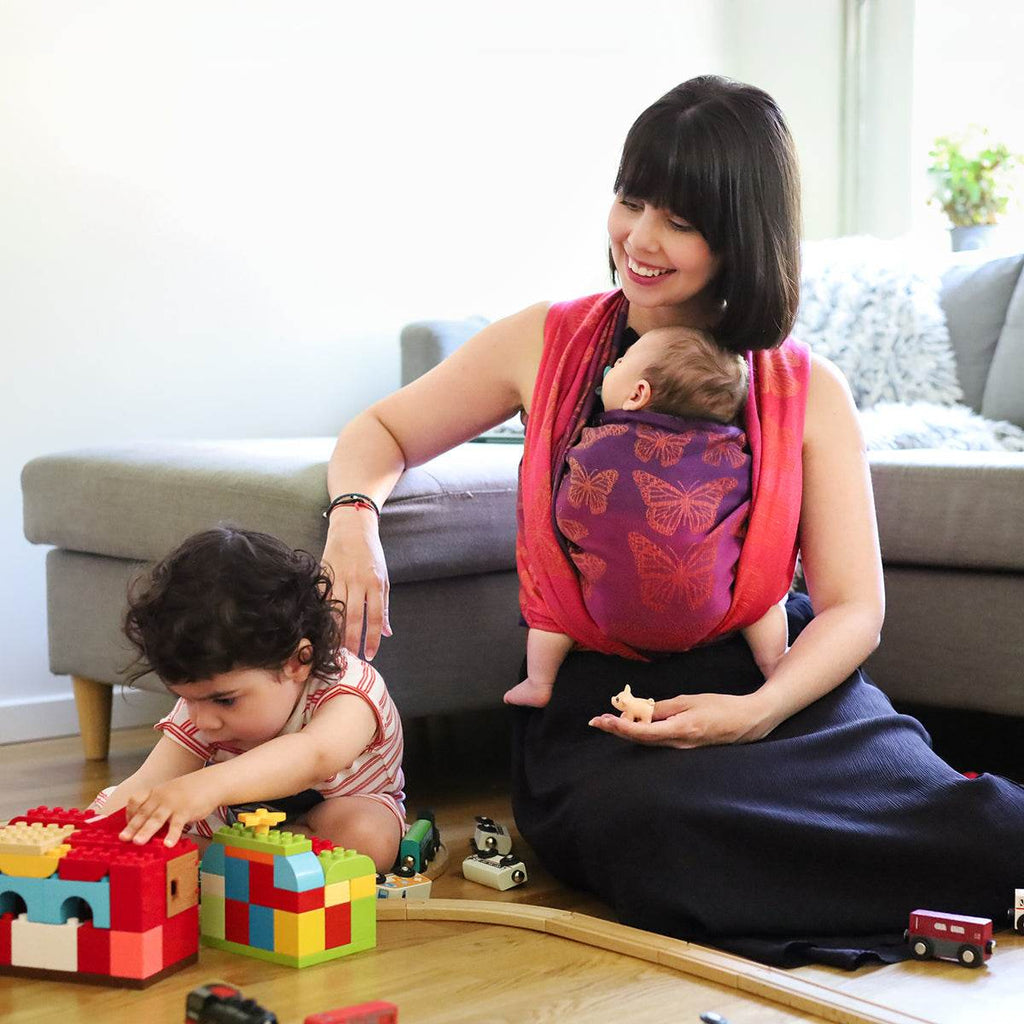
Best Baby Carrier For Newborns 2025
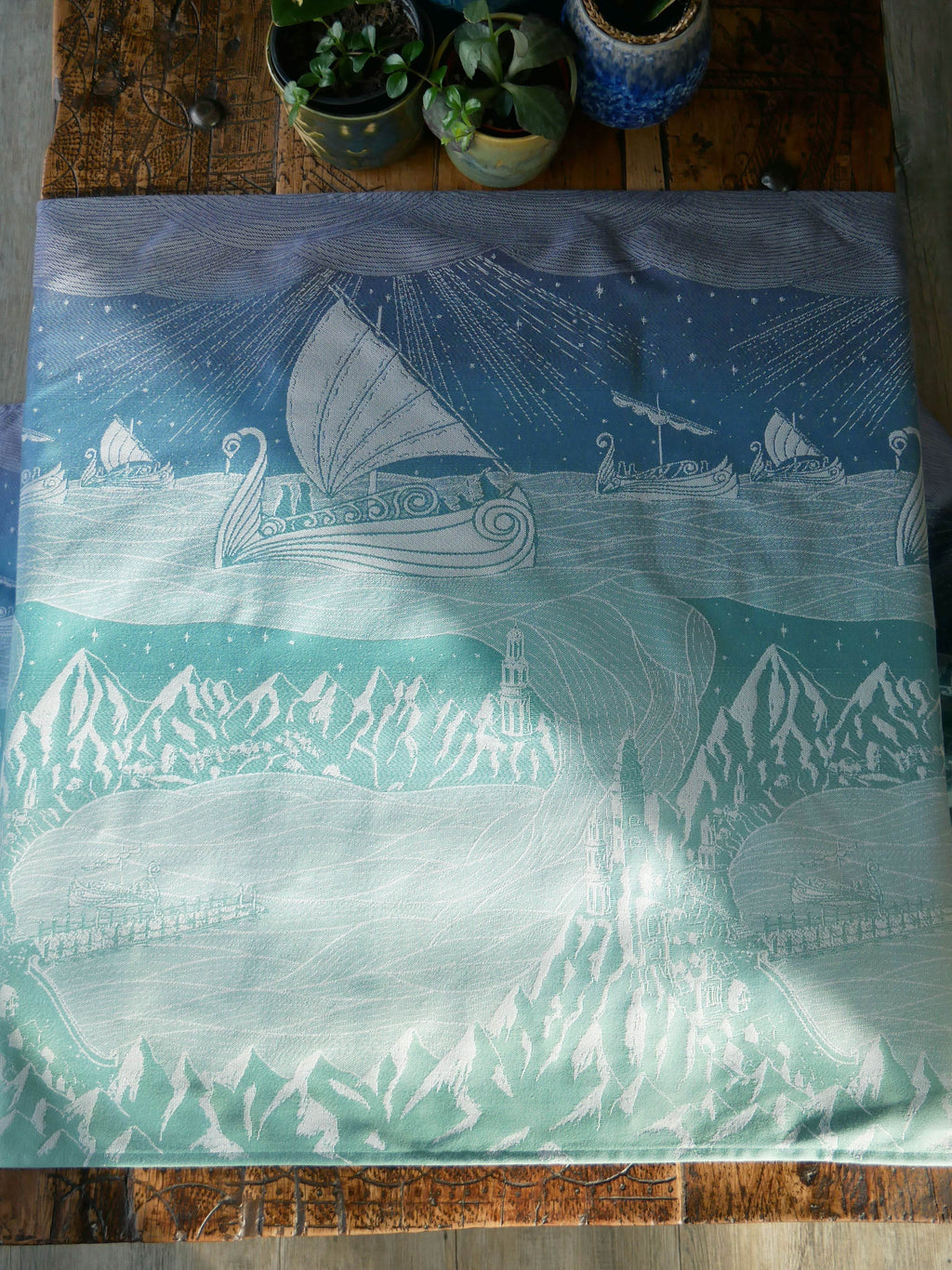
Grey Havens: Oscha Lord of the Rings Design Development
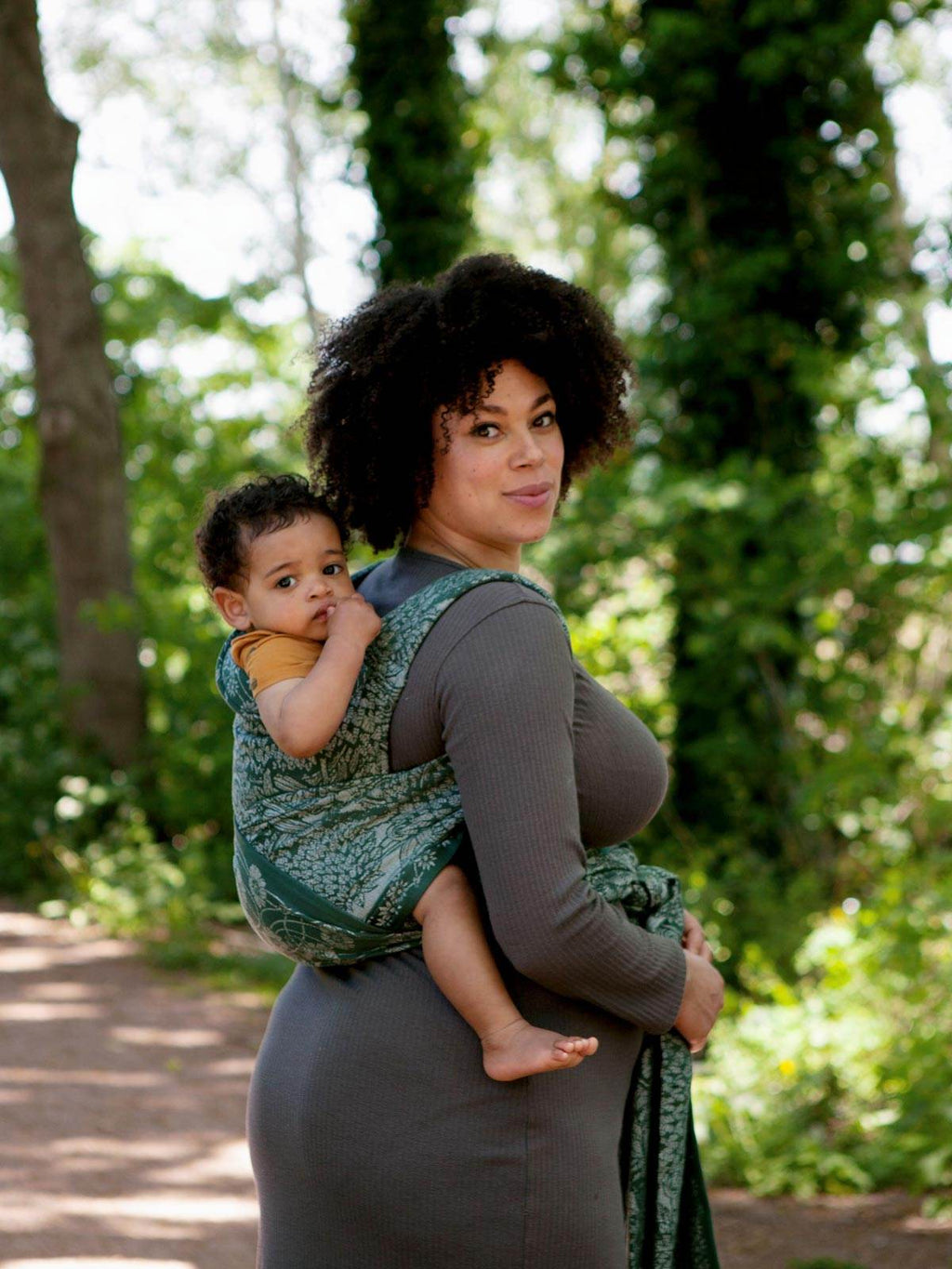
Can Baby Carriers Cause Back Pain?
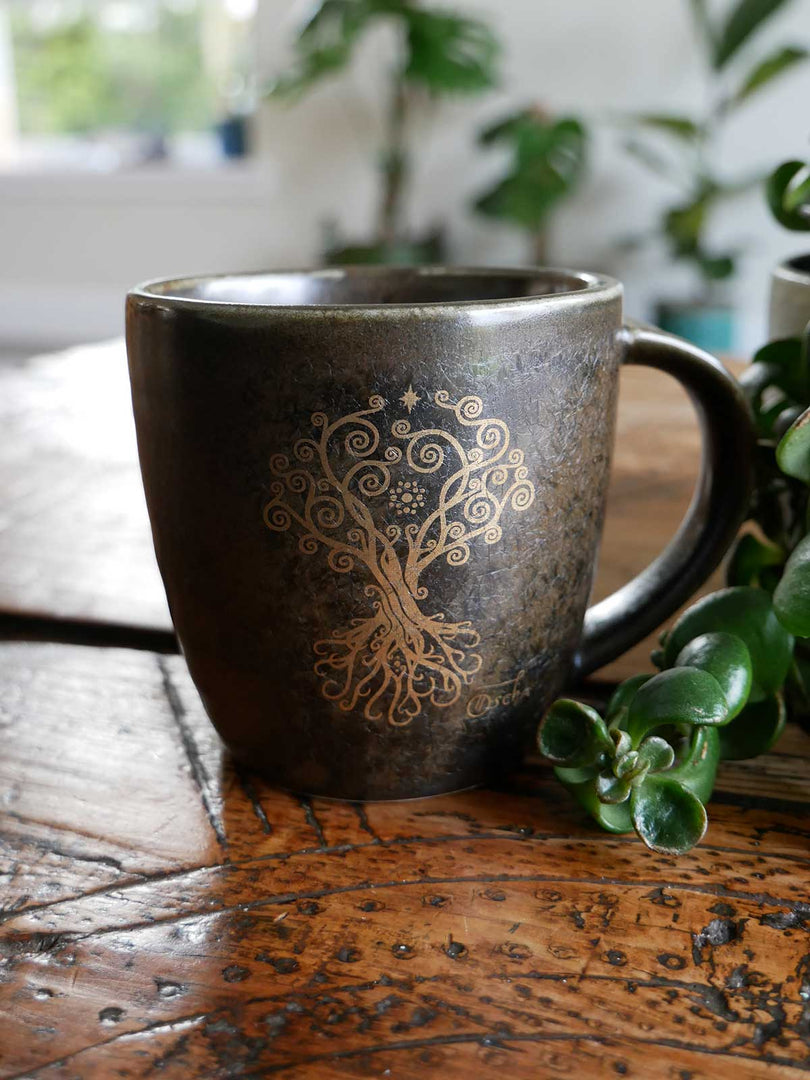





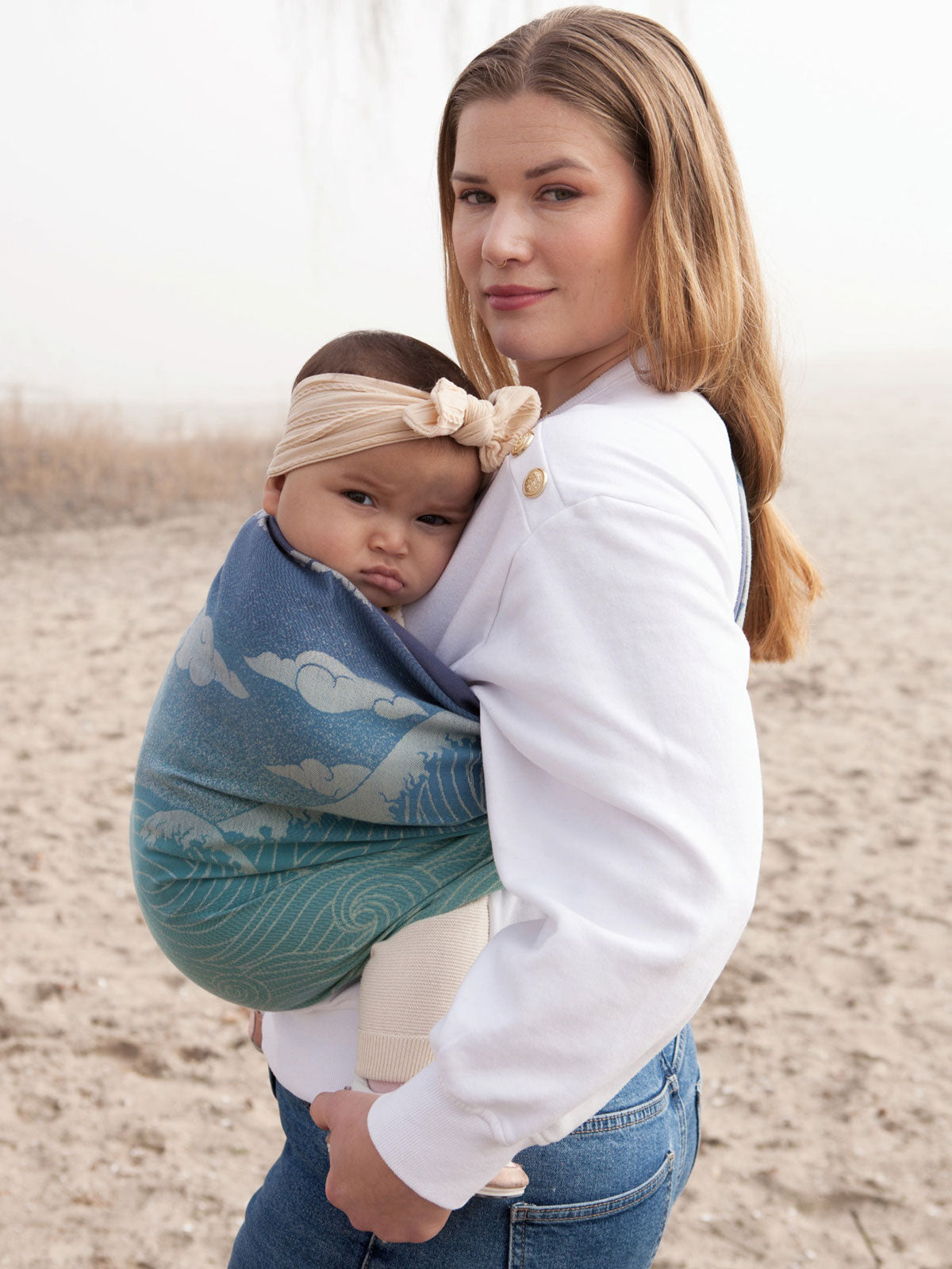
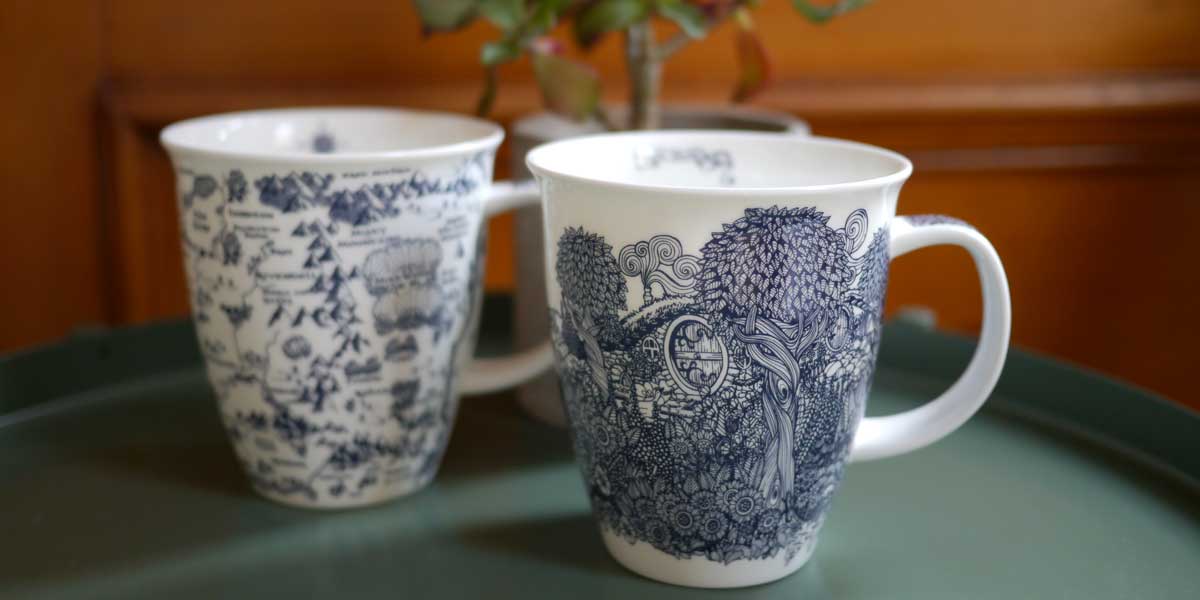
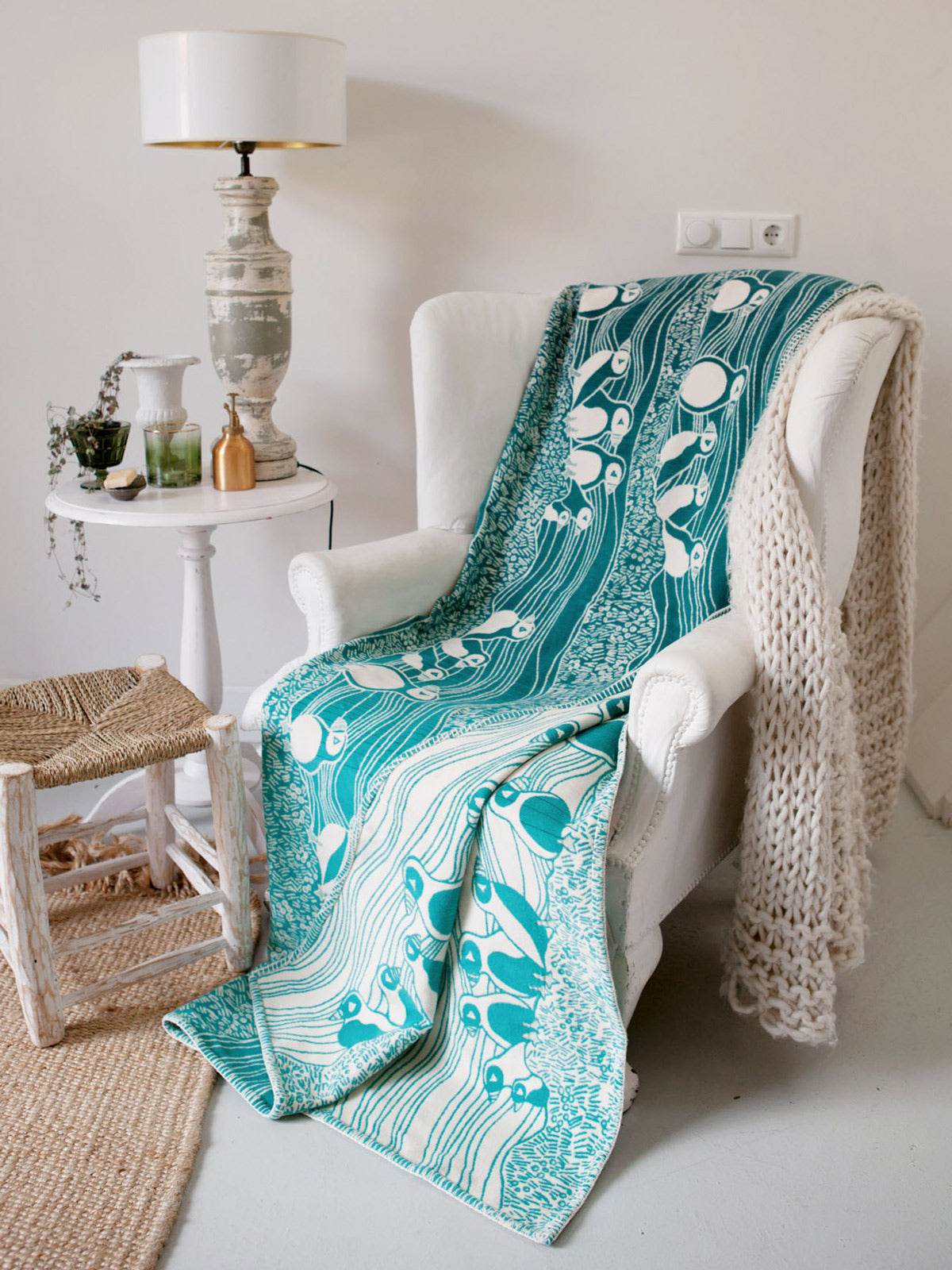
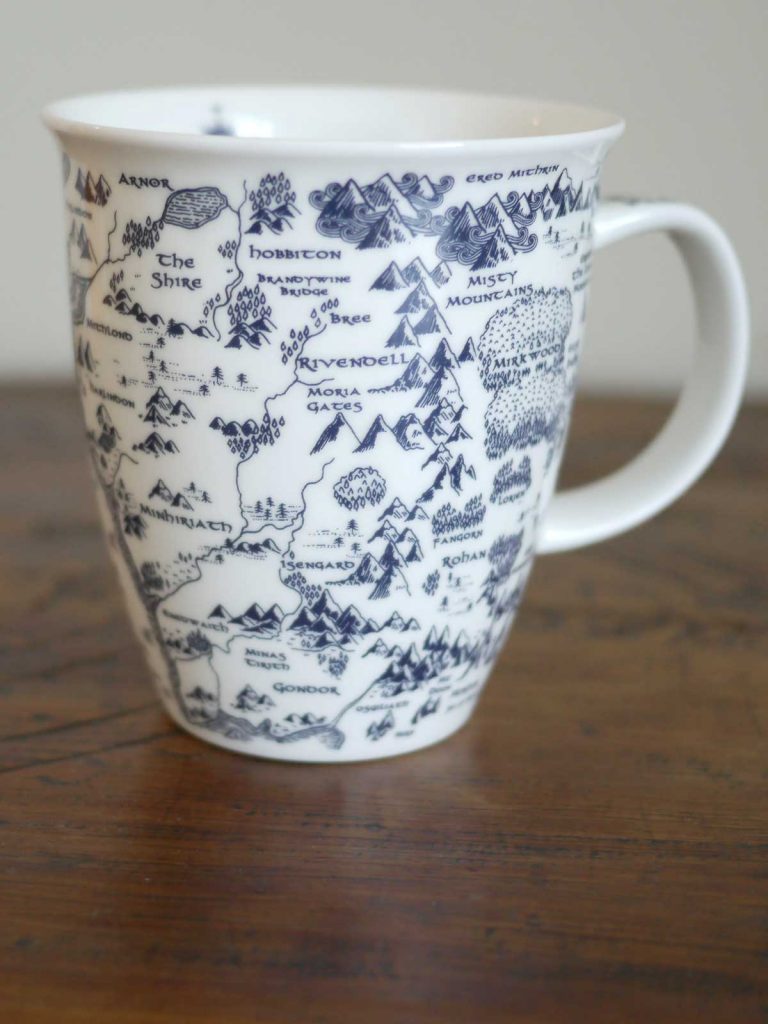
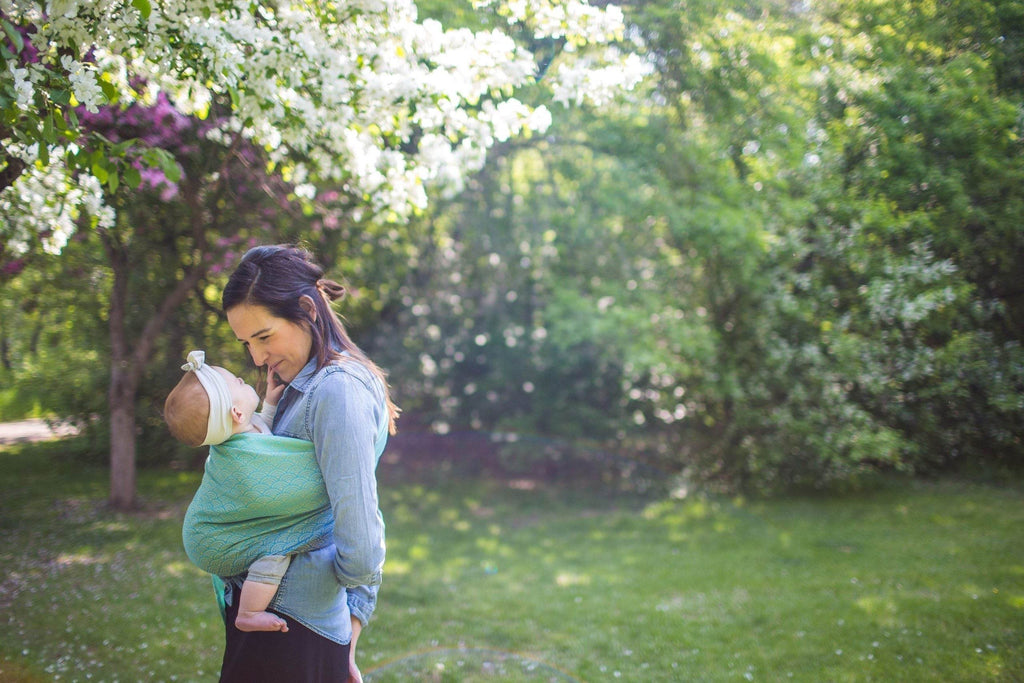
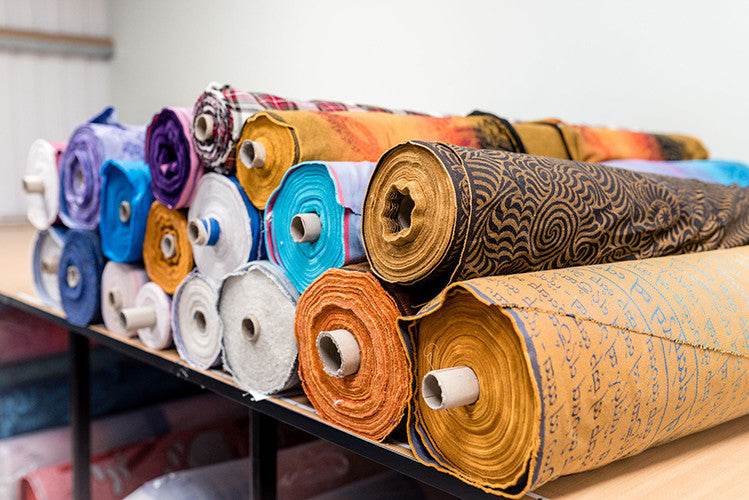
 https://oschaslings.com
https://oschaslings.com